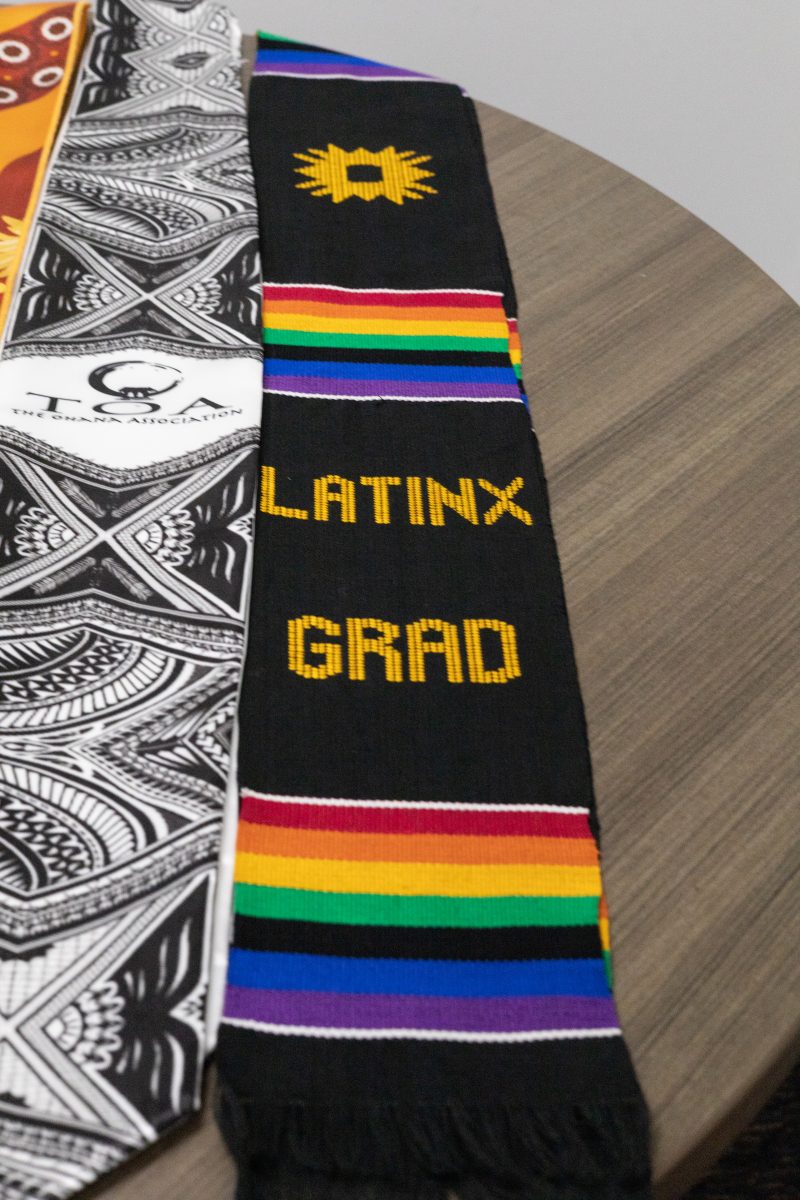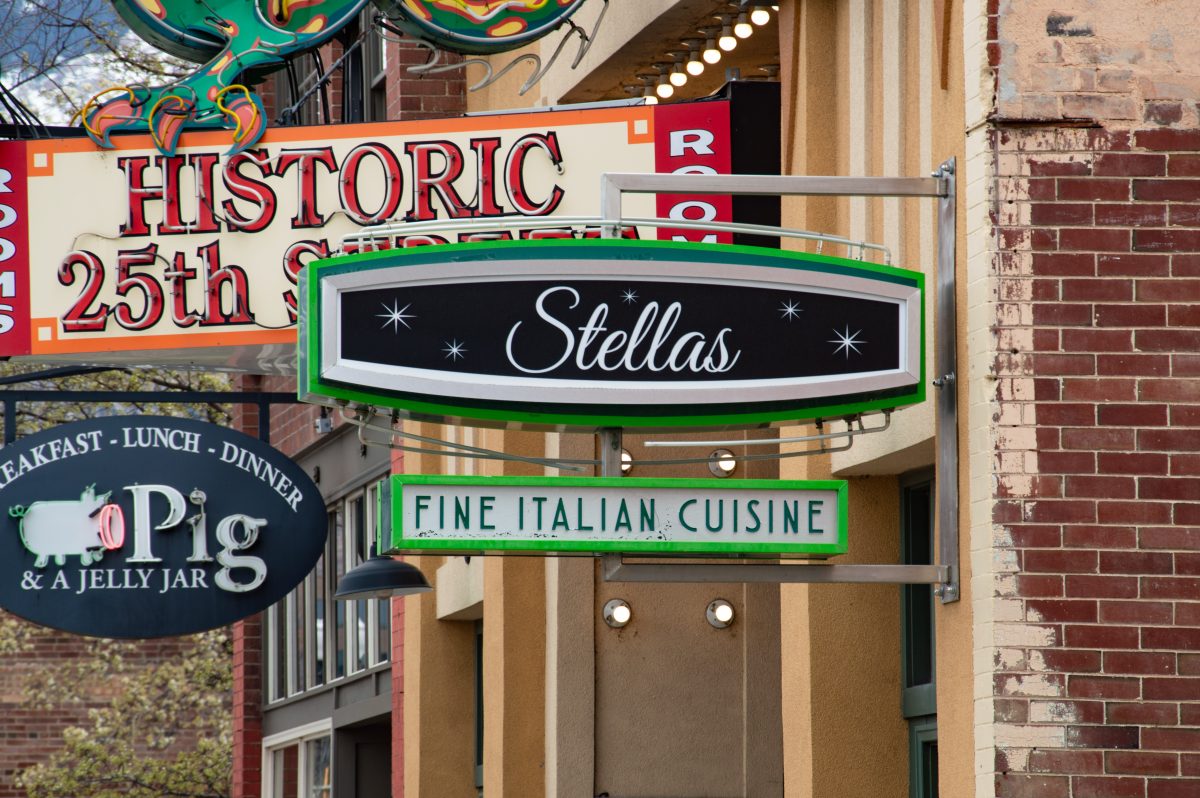
Witches, spirits, zombies and candy come together each year at the end of October in the celebration we call Halloween. The history of the celebration is not well known and holds quite a few surprises.
The first surprise is Halloween’s connection to another religious holiday – the Catholic holiday All Saints Day. The celebration of all that is unholy, Halloween, began as the evening before All Saints Day, the celebration of all the saints on Nov. 1.
Much like we celebrate Christmas Eve before Christmas Day in December, Halloween was first called All Hallows Eve, the day before All Saints Day in the religious calendar.
Nov. 1 also had significance in the traditions of the Celts, an ancient culture spread across northern France and the British Isles during the time of the Roman Empire.
The Celtic holiday Samhain was celebrated at this time. Since the Celts saw winter as the epitome of death and decay, they marked the beginning of the season in honor of their lord of death Samhain.
The well-known images of witches, ghouls and ghosts also come from the Celts. Traditionally, these macabre specters were said to emerge the night before Samhain, Oct. 31, to spread mischief and harm among the people.
To protect themselves, the Celts would gather around a great bonfire, wear costumes and offer animal, and sometimes human, sacrifices. Their religious leaders, the druids, would conduct these sacrifices and perform divinations for the coming year.
The Roman conquest in the first century also spread their own celebrations honoring the harvest and the dead. These observances combined with Samhain in local traditions.
As Christianity spread in the early centuries after the fall of the Roman empire, many of these local pagan traditions were subsumed into the official Christian tradition. The first celebration of All Hallows Eve by that name came in 1556, with the contraction Hallowe’en arriving in 1745.
The concept of trick-or-treating came later, in the local Halloween customs of Scotland. This started as “guising,” where Scottish children would dress up in costume and go door-to-door collecting food or coins.
This first migrated to America in the second decade of the 20th century, evolving into the “trick-or-treating” we do today.
Now, when you wear costumes on Halloween, and see images of witches and spirits, you can remember the Celts. When you go “trick-or-treating,” you can think of Scottish children going door-to-door.
When you hear the word Halloween, you’ll remember All Hallows Eve, a celebration more than a thousand years in the making.








